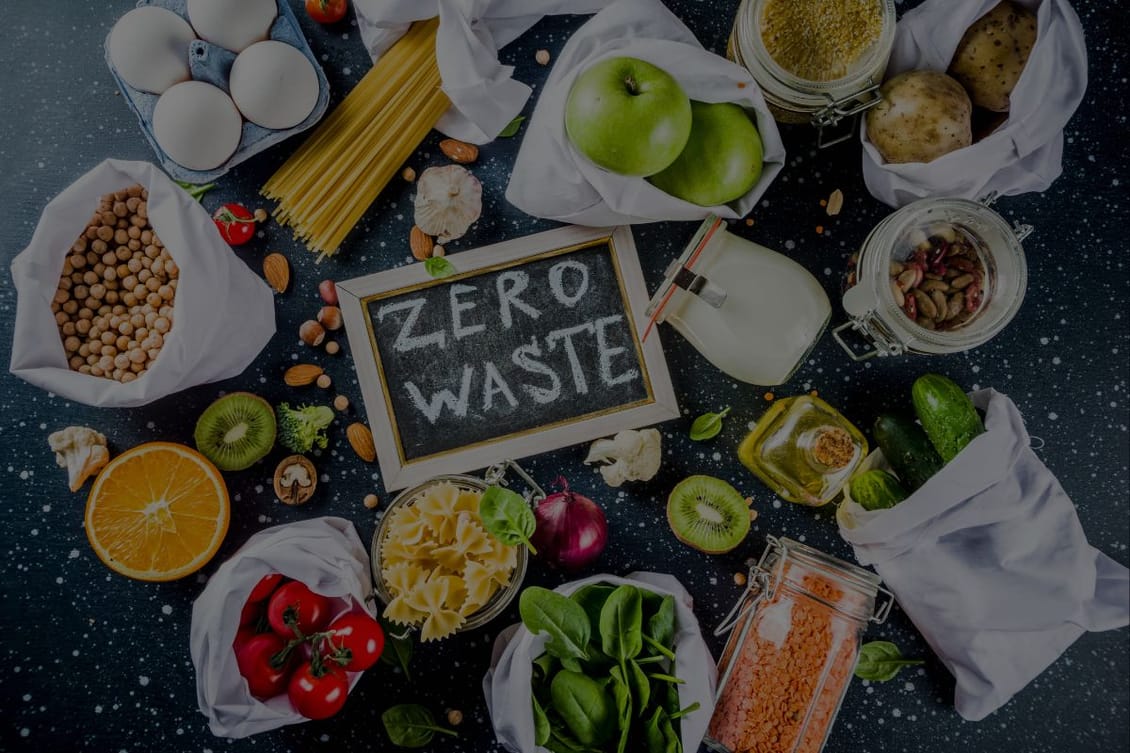
We know that a growing consumer population is conscious about the food they buy, where it’s from, the journey from field to fork and how food affects our health. But what about the food that doesn’t make it to our plates?
Between food loss (which happens on the farm, in storage, processing and transport) and food waste by retailers and consumers, 30% of all food is wasted globally every year – costing USD $940 billion annually.
Landfill site capacity is reducing in regions around the world. And minimising food waste could help ease the strain. People often assume that because food biodegrades, it’s not a problem to put it in the bin. But actually, research suggests that as food breaks down in landfill, it produces methane gas which traps heat, contributing to climate warming.
If we stopped wasting food we could cut greenhouse gases 6-8%, and have a knock-on benefit for other environmental resources – including water, land usage and packaging.
According to Action Against Hunger, 49 million people globally are at risk of food poverty and don’t have access to a nutritious diet. At the same time, a third of food worldwide is being wasted.
Improving food security and environmental sustainability is a priority for countries including Saudi Arabia – which laid out aims in the Vision 2030, including a 50% reduction in food waste.
The biggest responsibility lies at a government and F&B industry level. But individual consumers can also play a small part – and education is crucial to help people understand how to lower their household food waste.
Dubai-based discounted food delivery service HeroGo is providing that education with a service: helping to show consumers that imperfect, misshapen food products are still good to eat – and can be easier on the bank balance too.
And similarly In 2017, UAE-based Spinneys launched the Naturally I’mperfect campaign to help raise awareness of nutritious ‘ugly’ food at a fraction of the price.
At the point food is past the point of being sold for consumption, or it’s started to go bad in our fridges, there are innovative ways to redirect food away from landfill and give it a new life.
For example:
In spite of the clear appetite for sustainably sourced food and waste reduction, there are fundamental challenges that stand in the way of repurposing or upcycling food waste.
And those challenges start with consumer perceptions. Although we’re more aware of the quality and source of the food we consume, we’ve also seen the rise of perceived food ‘perfection’ through social media. We like to eat stuff that looks good – so much so that 69% of millennials take a picture or video of their food before eating, and each month #food accounts for more than 250 million posts on Instagram.
So, do those trends go hand-in-hand? Are those conscious of the environment also willing to give upcycled food a taste?
Some demographics are more hesitant than others. A study published in the journal Food Quality and Preference looked at consumer perceptions of eating upcycled food. They found that while people are eco-conscious about the food they consumed, they equally were averse to trying new things – even neophobic.
So, while oddly shaped fruit and vegetable delivery companies (like the ones we shared earlier) are helping change the narrative of food waste, it could be some time before we see crooked carrots in everyone’s kitchen cupboard.
And there are logistical challenges that impact whether or not produce makes it onto the shelves. Inefficiencies in cold supply chains, including monitoring cold storage, lack of tracking and tracing technology, and inexperienced food handlers, are restricting the ability of rural farmers and food producers to get their products into retailers’ hands in good, saleable condition.
But these challenges are worth overcoming. The world’s population is set to hit 9.7 billion people by 2050 – and the UN’s Food and Agriculture Organisation has said that food production will need to increase by 70% by that time. Recycled food and food waste products could play an important role in increasing the supply of nutritious, sustainable food; so the F&B industry will keep working to generate innovative, viable solutions to put food waste on our plates.
Register now to attend InFlavour 2024 happening from October 1-3 at Riyadh Front Exhibition and Conference Center (RFECC).
Take your seat at the InFlavour table, a government-backed and world-leading B2B food event by Tahaluf.
E-mail address SubmitWant to keep up to date with all our latest news and information? Enter your name below to be added to our mailing list.
E-mail address Submit